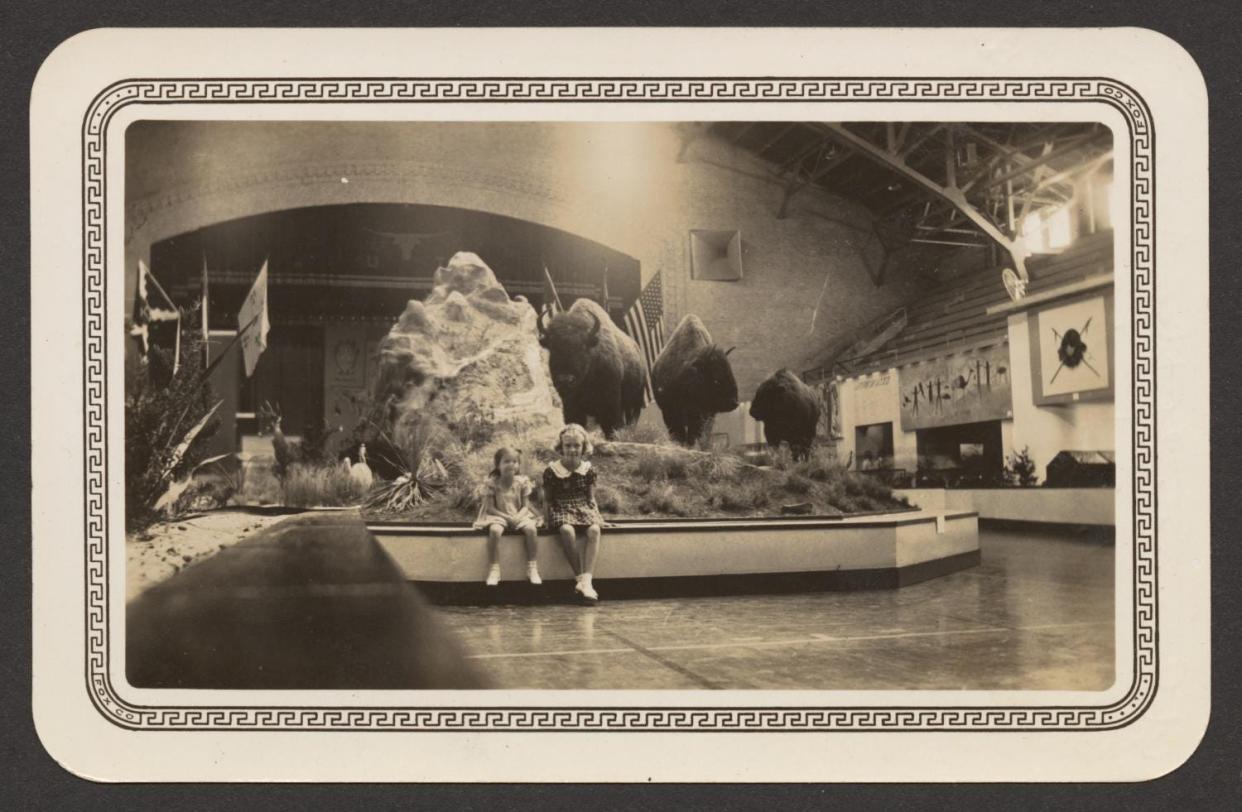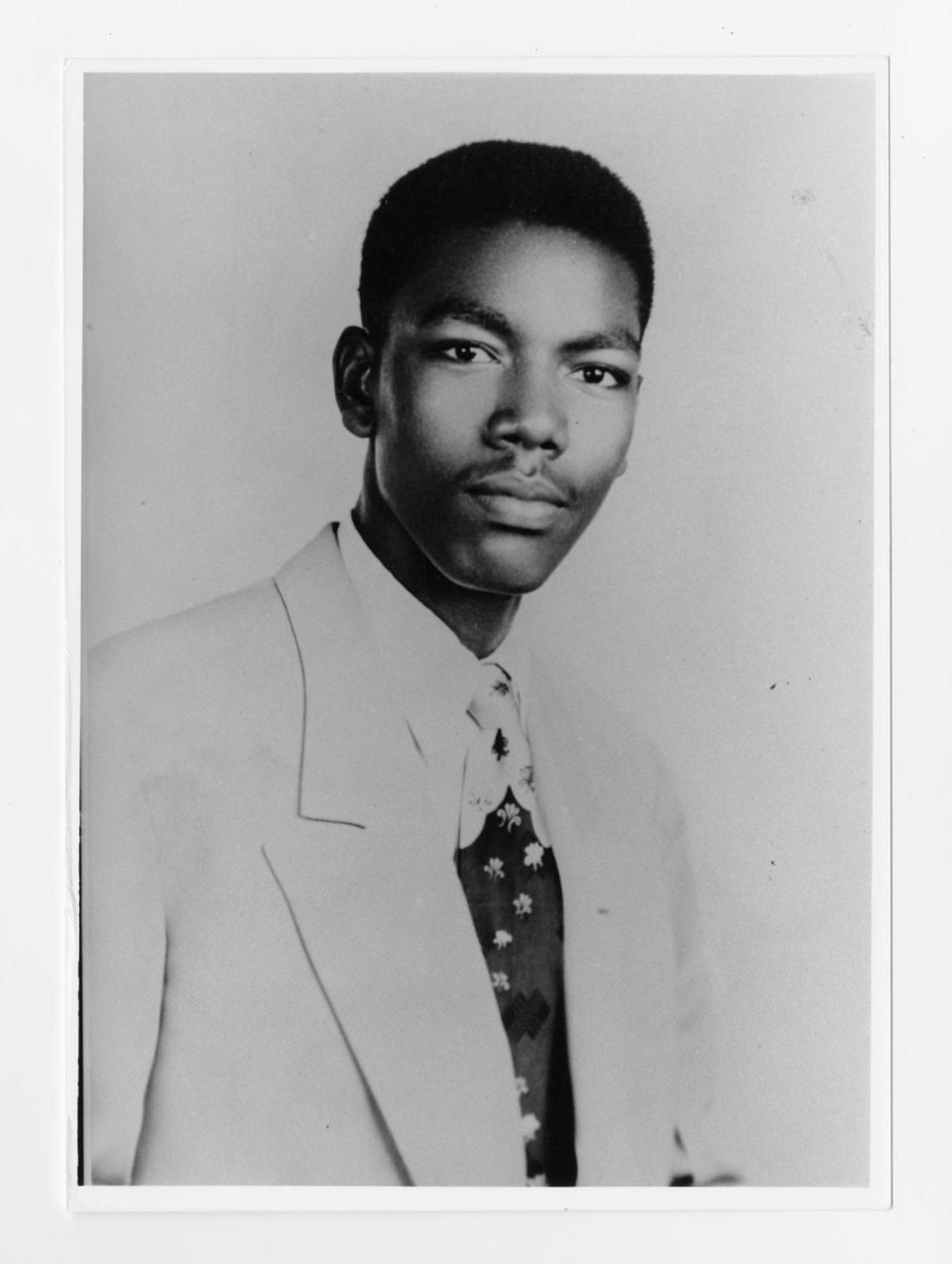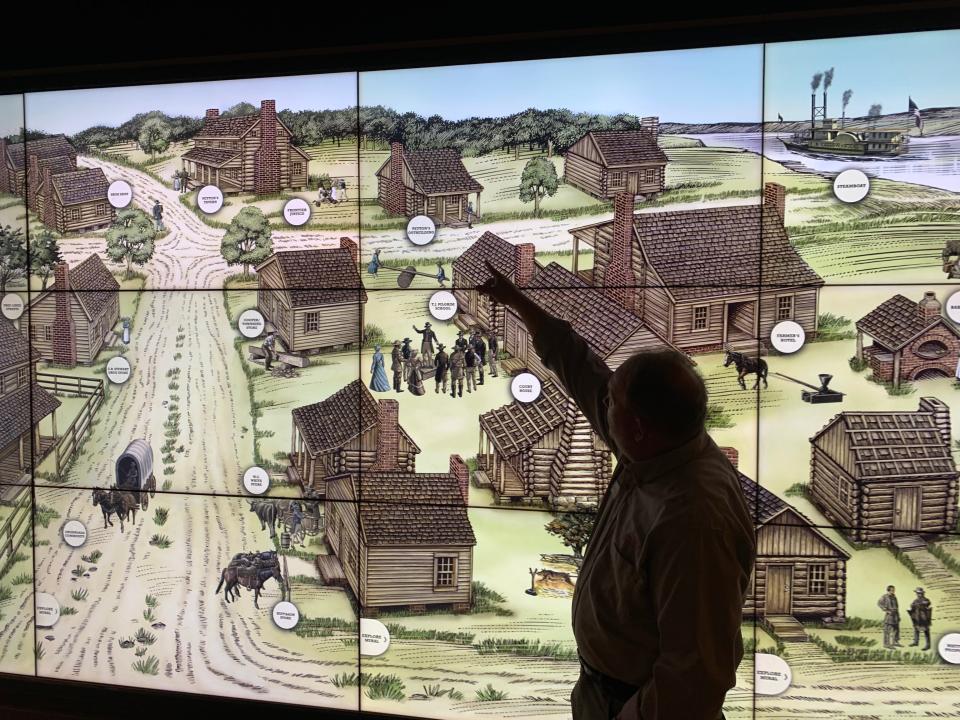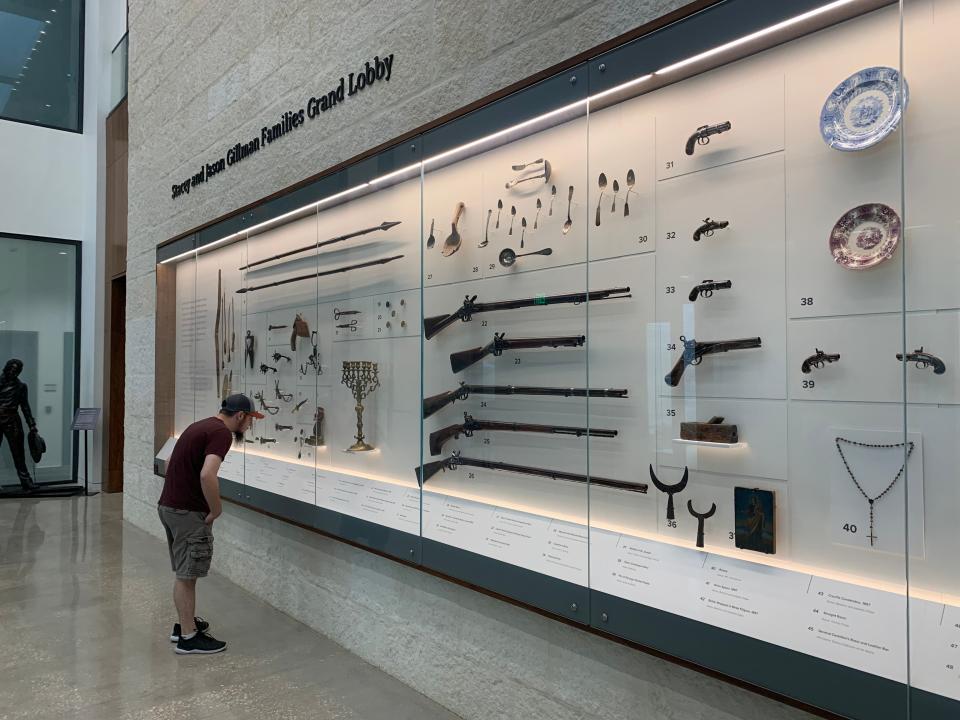Texas milestones in 2024: What happened in Texas 100 years ago? Or 500 years ago?

The big date is sneaking up on us.
On March 2, 2036, Texas will celebrate the bicentennial of its independence from Mexico.
For its 100th birthday, back in 1936, parties rippled across the state, anchored by the Texas Centennial Exhibition at Fair Park in Dallas.
That fair generated a good deal of old-fashioned myth-making and image-polishing.
"One of the core goals of the exposition was to 'Texanize Texans,'" writes author Stephen Harrigan in his "Big Wonderful Thing: A History of Texas," "to acquaint the citizens of the state with the marvels of its industrial might and its unparalleled history. It was also an announcement to the rest of the world of the state's poignantly unguarded self-love, a way to 'mirror the accomplishments of Texas to all the sons and daughters of the earth'."
Big stuff.
San Antonio is already preparing for what will likely be a more nuanced 200th Lone Star anniversary. The amount of money and energy — and controversy — that has already gone into the redo of Alamo Plaza, for instance, is not unexpected from a city that has embraced the historical tourist trade since the 19th century.
Meanwhile, which past events might Texans remember in 2024?

Civil rights victory 70 years ago
In 2024, the landmark Brown vs. Board of Education case is likely to be in the forefront of civil rights tributes in Texas and elsewhere. On May 17, 1954, the U.S. Supreme Court ruled unanimously that the "separate but equal" segregation of public schools violated the 14th Amendment of the U.S. Constitution. Texans were still litigating the matter well into the 1980s, however, and some would say that geographic segregation has replaced the legal variety in recent decades.
More: In San Antonio, do visit the Pearl District, a jewel among the city's tourist sites
To salute the anniversary, the National Archives and Records Administration and the National Park Service are hosting a civil rights conference about Brown on June 24 through 28 at the Eisenhower Presidential Library, Museum & Boyhood Home in Abilene, Kansas. In the meantime, Texans should visit the Eisenhower Birthplace State Historic Site in Denison, Texas, which is operated by the Texas Historical Commission, and read the timely blog posts written by site educator Jennifer Parsley.
Women led the way 100 years ago
In 1924, Texans elected Miriam A. "Ma" Ferguson as the state's first female governor. Her husband, James Edward "Pa" Ferguson, had served as governor from 1915 to 1917. After being impeached and convicted on 10 charges, he was prohibited from holding state office.
Ma was not the first woman to serve as a U.S. governor. That honor goes to Nellie Tayloe Ross of Wyoming, the winner of a special election after her husband, Gov. William Ross, died in office in 1924. She was inaugurated on Jan. 5, 1925; Ma Ferguson, 15 days later.
Hazel Bernice Harvey Peace is a historical figure who ought to be celebrated in 2024. The Waco-born educator launched her nearly 50-year teaching career in 1924. Peace, who also taught at universities, became one of the state's leading community activists for social justice. She served as editor for the Texas Standard, which was published by the Colored Teachers State Association of Texas. In 2010, an elementary school in southwest Fort Worth was named in her honor.

Mexico invited colonists 200 years ago
Mexico, which had won its independence from Spain in 1821, passed colonization laws in 1824 that vigorously encouraged foreign settlement of Texas. Settlers could buy land for as little as a $30 down payment. The central government also joined Coahuila and Texas into the Mexican state "Coahuila y Tejas."
At the same time, Stephen F. Austin welcomed setters to the capital of his Texas colony, named San Felipe de Austin. The 200th anniversary of the town was celebrated at the San Felipe de Austin State Historic Site in 2023.

Alamo moved to current site 300 years ago
You don't have to wait until 2036 to "remember the Alamo."
On March 2, 2024, Texas Independence Day, the Remember the Alamo Foundation will kick off the inaugural 1724 Gala to celebrate the tricentennial of this iconic site. The San Antonio de Valero mission was founded in 1718, but was moved to its current location in 1724 after a terrible storm.
More: The mysteries of the deadliest battle in Texas history
In 2018, the city of San Antonio celebrated its own tricentennial. City boosters decided to commemorate the founding dates of the mission on the east side of the river, and the Presidio San Antonio de Bexár on the west side. In 1731, San Antonio became the first chartered civil settlement in what is now present-day Texas.
Texas before the Europeans 500 years ago
Indigenous people, who arrived in the region some 20,000 years ago, according to the latest archaeological findings, had the land that is now known as Texas to themselves. They included the Apaches, Atakapans, Tonkawas, Caddos, Karankawas, Coahuiltecans and others, but not the Comanches and Wichitas, who didn't arrive until the 18th century.
More: Here are 10 reasons why Corpus Christi is the most promising city in Texas
Although the first Europeans — and the first African — did not explore inland Texas until 1528, Alonso Álvarez de Pineda sailed the Texas coast in 1519. No account of his voyage survives, but for years, boosters of the city of Corpus Christi have claimed that Álvarez de Pineda explored the city's broad bay on the Feast of Corpus Christi.
That would be a hard no.
Where can I find out more about Texas anniversaries?
First, sign up for "Texas Day By Day," the essential newsletter of the Texas State Historical Association. I quote it every week in the Think, Texas newsletter under "Fun Texas Facts." (www.tshaonline.org)
Another useful resource is the "Texas History Timeline," produced by the Bob Bullock Texas State History Museum. Your can break down your search by themes, such as "Buffalo Soldiers" or "Vaqueros." (thestoryoftexas.com)
A third tool is the "Explore Dates" function at the "Portal to Texas History" website, presented by the University of North Texas. If you really want to go down a historical rabbit hole, choose "Browse by Decade." (texashistory.unt.edu)
Michael Barnes writes about the people, places, culture and history of Austin and Texas. He can be reached at mbarnes@gannett.com. Sign up for the free weekly digital newsletter, Think, Texas, at statesman.com/newsletters, or at the newsletter page of your local USA Today Network paper.
Correction: In an earlier post, a caption on a photo of two girls at a Texas Centennial exhibit ran with the wrong location. It was taken at Gregory Gym.
This article originally appeared on Austin American-Statesman: Big Texas anniversaries loom in 2024, one related to the Alamo

